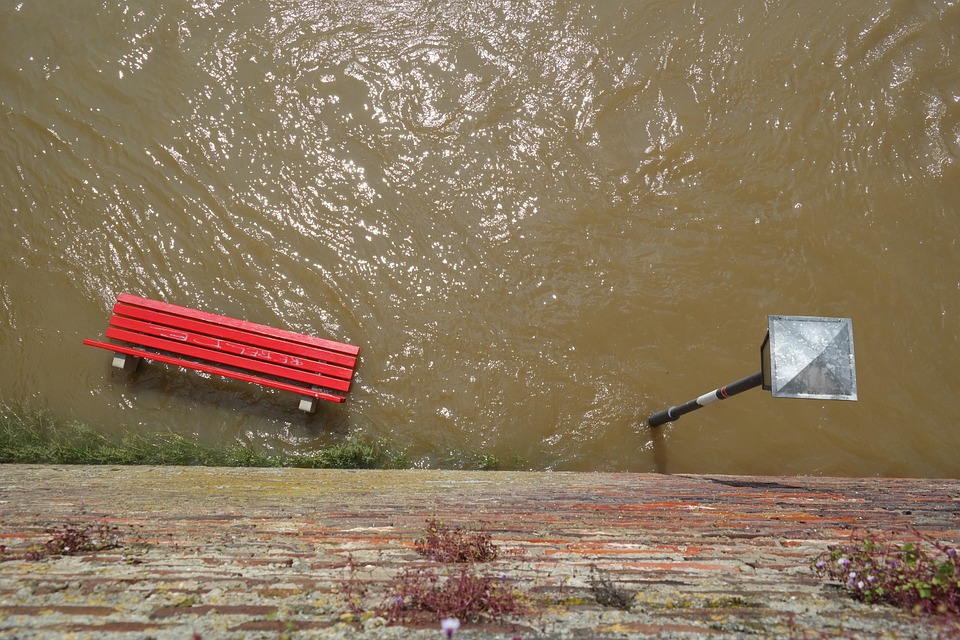If you live in a flood-prone area, you are probably familiar with levees. A levee, also called a floodbank, dike, stopbank, or embankment, is an elongated, naturally occurring ridge or artificially constructed wall that is used to regulate water levels. A levee is usually earthen and formed parallel to the course of a river or along low-lying areas.
If you live in the delta regions, you may have even built your own levees to protect your home from rising water levels. However, constructing a levee is more than just hauling earth in order to form a barrier against the rising level of water. While this kind of flooding isn’t common in Utah, you should have a basic idea of how levees are constructed if you live downstream or in a flood zone, so you don’t waste your time hauling dirt around your house for nothing.
Gather Materials
The first step to building a levee is to gather the materials that you will need. For your tools, you will need work gloves, shovels, sandbags, wheelbarrow, and plastic sheets. You need to plan ahead by gathering your materials, so you can start the construction of your levee before water starts pouring into your house. Make sure your sandbags are ready before you start your levee construction.
Select and Prep the Site
Next, you have to identify the area where you’ll construct the levee. Clear the space of debris and level it, filling in any low spots before you start laying your sandbags. The location of your levee will depend on the property lines, the terrain, and topography. Do not build the levee too close to your home because you need to be sure that you have enough space to modify the levee as the need arises. If time allows, strip the ground of any vegetation because that is where seepage might occur.
Dig a Trench
It is not a good idea to pile up your sandbags on bare land. First, you need to dig a trench one or two-feet deep. Then, fill the trench with clay as your foundation, which will prevent seepage. You can further prevent groundwater intrusion by building a cutoff wall, which could be made by sinking particle board into the ground and surrounding it with compact earth.
Build the Levee
You can build your levee either by piling clay, soil, or sand, or by stacking sandbags. Lay the sandbags out in the same way that you lay bricks when building a wall, beginning from one end towards the other end. Make sure that the next bag fully covers the empty part of the previous bag. This will make your levee strong. Stagger your rows of sandbags to keep the joints from lining up. Make sure that the top of each row is flat before adding another row on top.
Make your levee as flat as possible because width will ensure its stability. The width of your levee should be about three times as wide as it is high. Estimate the highest level of water that will be coming your way and build your levee a couple of feet higher than the floodwater level. When it is fully constructed, place a tarp over the levee, and secure it with more sandbags.
Please remember that, while it is important to save your home and possessions from the floodwater, you need to take heed of any evacuation orders. If you do have the extra time and materials to build a barrier before the floodwaters hit, be careful to keep everything snug and tight so that there is no seepage. This detail can mean the difference between a levee that holds and one that folds.

